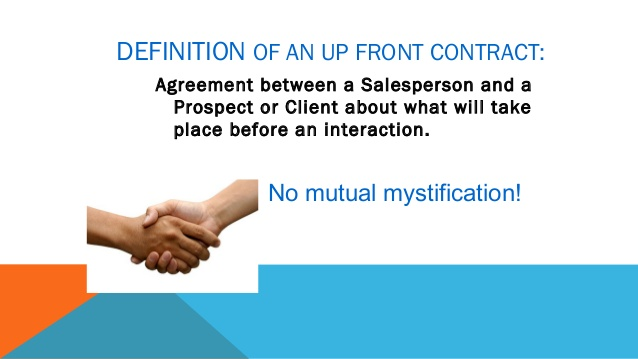There’s something so positive and energizing about kicking off a meeting. It’s the open door every salesperson craves.
But that thrill is easily toppled.
With one wrong move, you can get off on the wrong foot and put your entire sales process in jeopardy.
A derailed meeting is a derailed process.
How do you kick off a meeting well? Chatter away and smile until your cheeks hurt?
Nope. You need to plan your moves. Like the ones we’ve gathered below.
These three sales techniques and tips are the mix of art and science that will help you get your meeting off to a good start.
That’s the only reliable way to carry it through to a successful end so the sales process keeps moving and feels great for your buyer.
1. Prepare for your sales meeting in advance
The best salespeople don’t wing their sales meetings. That’s not a winning strategy.
The best reps know that flying by the seat of their pants is a certain path to failure.
What do they do instead?
They prepare. They think it through. They plan what they are going to do and say in advance.
When they hop on the web conference (or walk in the door), they know what comes next, and they know it will work. They build an entire strategy well in advance.
Their attachment to a game plan is warranted — there’s clear data showing that it works.
For starters, it means they move through sales calls sequentially, not haphazardly. They follow a clear process within their calls, just like the call itself is part of a clear sales process.
When we look, for example, at the topics they cover in conversations with buyers, we see that those topics connect and flow naturally. Each topic flows out of the previous one, so there’s nothing careless about the conversation:

Average performers, on the other hand, don’t structure their conversations. Sure, they have an end goal, but they have no idea how they’re going to get there.
Their calls don’t have a systematic structure. That results in an aimless conversation that moves from topic to unrelated topic.
Set yourself up to win. Take time to plan out your call.
Think about how you’re going to get from the start to the end of the conversation.
What are you going to talk about? When? And how will you transition between topics?
This is a big play, and you may need some help. You will definitely need practice.
2. Set an “Upfront Contract”
Nothing lets you take hold of a sales meeting like this tip.
Get the buyer to agree as early as possible to an “upfront contract”.
We didn’t invent this tactic, so we’ll let the people who did, at Sandler Sales Training, explain it:

You want the buyer to agree to some specific things at the beginning of the sales meeting. These include:
- The meeting’s purpose
- The buyer’s agenda and expectations
- Your agenda and expectations
- The amount of time set aside for the meeting
- The meeting’s intended outcome
If you do that, the buyer knows what to expect of you and knows what’s expected of them.
It focuses their decision making and builds their confidence in you. Why? Because everyone likes knowing they’re in the hands of an expert with a plan.
There are a few powerful phrases you can use to introduce an upfront contract.
For example:
“When this call ends, you should have all the information you need to decide whether you’re interested in learning more. If you are, we’ll plan the next step together, and if you’re not, you’ll tell me straight up so we don’t waste anyone’s time. Is that fair?
I’m certain that we can achieve this in 30 minutes, which is what I’ve set aside. Are there any hard stops on your end?
Great. I’ve planned to cover A, B, and C. Do you think there’s anything we should add to or remove from that agenda?
Sounds good! Let’s tuck in.”
It works miracles and can completely shift your sales meeting’s tone from one that’s random to one that’s hyper-targeted and clear.
3. Ask “What’s changed since we last talked?”
If you’ve done everything right, you and your buyer will make it to a second or third meeting.
Don’t slouch now!
Put as much thought and effort into those meetings as you did into the first one.
And add one critical question right at the top:
“What’s changed since the last time we talked?”
While your sales process is clear, the back and forth between buyers and sellers is complex and can play out in an endless number of ways.
Change is what you need to look out for once you’re past your first meeting. It can throw a wrench in your plan faster than you can duck.
Be aware that your buyer has a changing environment that can make your deal go dark.
Ask what’s changed at every meeting so you can stay out in front of changes. It’s better to know what you’re dealing with at the start of the meeting than finding out halfway through it.
You may even uncover potential changes before they become a problem.
Whatever answer you get, it’s vital information that can make or break your deal.
A Good Sales Meeting is Common Sense
It’s easy to get caught up in clever tips and tricks to sales meetings and miss the basics of what makes an effective meeting.
But there’s no magic trick here. The secrets behind good sales meetings are just strong preparation and clear communication.
While average salespeople try out interesting turns of phrase, fancy expressions, or witty anecdotes, excellent salespeople stick to doing these few things excellently.



